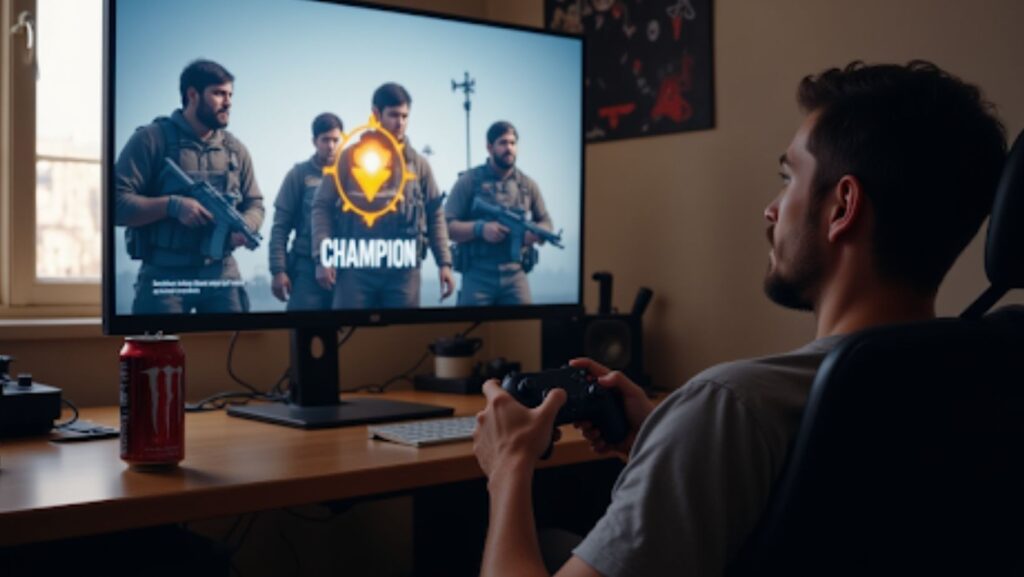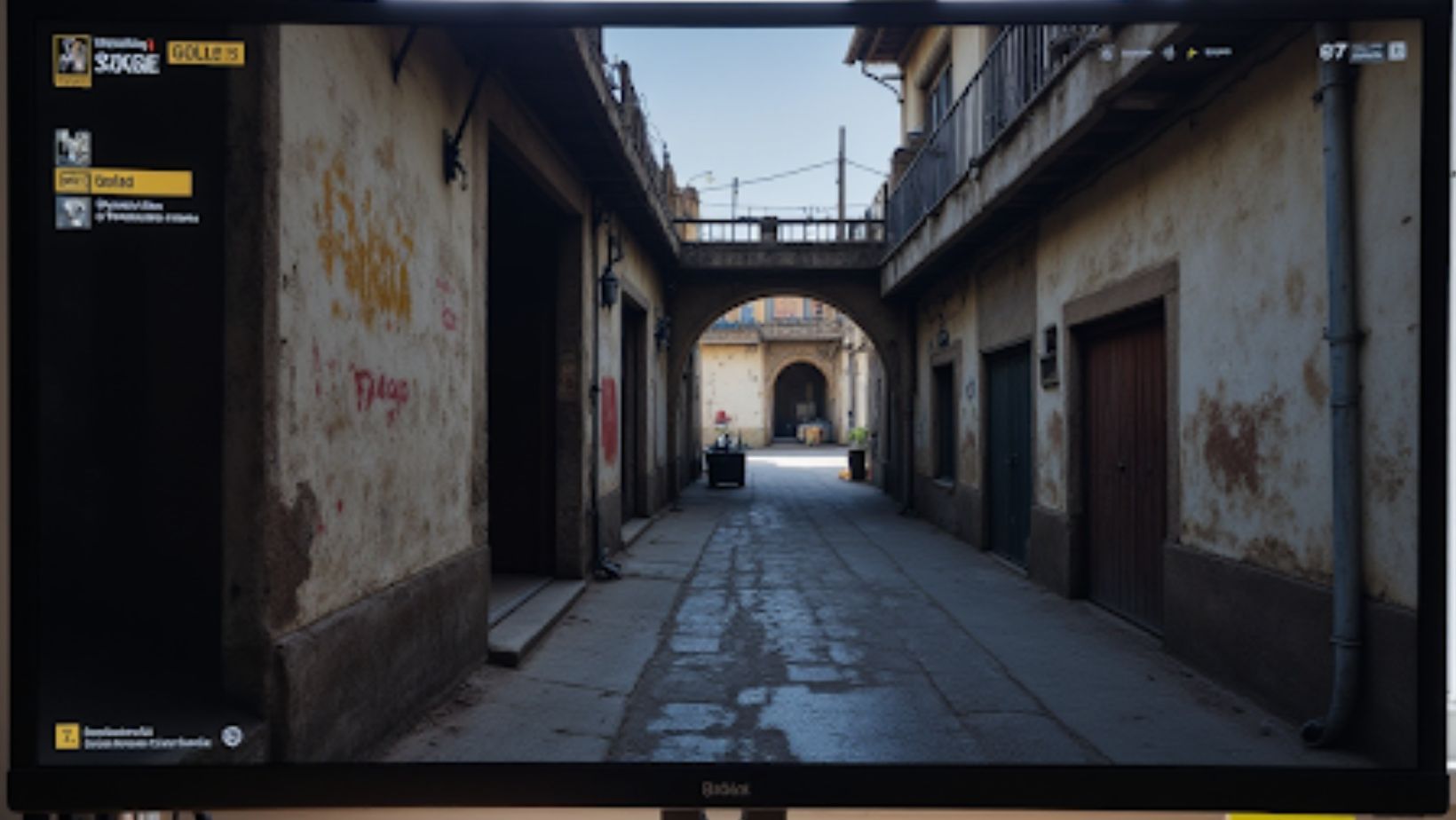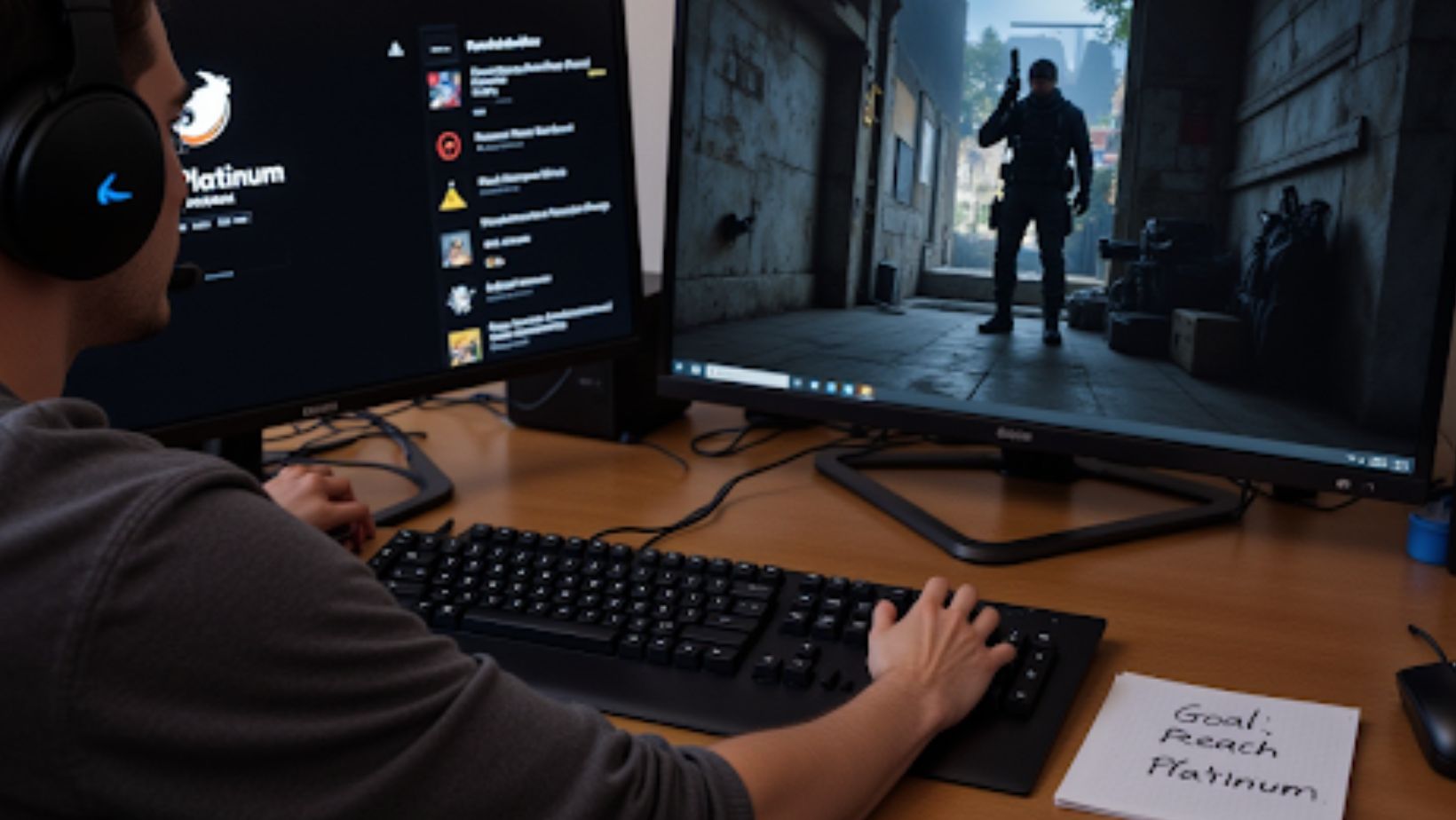Few things spark more debates in Rainbow Six Siege than rank. Everyone remembers their first climb out of Copper. Everyone knows the pain of getting stuck in Gold. And everyone has at least one friend who claims they “should be Diamond, but solo queue ruined it.”
If you’ve ever felt the same way, Rainbow Six Siege rank boosting can be a smart shortcut — helping you escape the mid-rank bottleneck, squad up with friends in higher divisions, and sharpen your skills against tougher opponents. But what are ranks in Siege really about? To answer that, you need to understand the ranking system itself.
So let’s break it down: what each rank represents, how MMR (Matchmaking Rating) works, and what it actually takes to climb.
How Siege Ranks Work
Ubisoft overhauled the ranking system in 2022 with the launch of Ranked 2.0. Instead of seasonal MMR resets that pushed players back down the ladder, Siege now uses a skill-based MMR system that stays consistent across seasons.
Here’s the key distinction:
- MMR (Matchmaking Rating): An internal number Ubisoft uses to measure your true skill. It moves up or down depending on your wins and losses, and it’s invisible to opponents.
- Rank: The badge you see on your profile, tied to your progression through divisions (Copper → Bronze → Silver, etc.).
Your MMR determines which lobbies you get placed in, while your rank reflects where you currently stand in the ladder grind. In other words, MMR is the engine, rank is the dashboard.
The Ranks, Broken Down
Here’s the current rank structure in Rainbow Six Siege (as of Year 9, Season 3, 2025). Each rank is divided into five divisions, climbing in 100-point increments.
| Rank Tier | General Skill Level | What It Feels Like in Game |
| Copper (V–I) | Absolute beginners or heavy losing streaks | Missed shots, questionable angles, lots of sprinting into sightlines. |
| Bronze (V–I) | New players learning mechanics | Gadget misuses, late rotations, occasional flashes of solid play. |
| Silver (V–I) | Low-average | Basic map knowledge, some teamplay, still frequent mistakes. |
| Gold (V–I) | Solid average | Most casual players land here; mix of sweaty aimers and laid-back teammates. |
| Platinum (V–I) | Above average | Good mechanics, better map sense, communication starts to matter more. |
| Emerald (V–I) | High skill | Consistent accuracy, proper utility usage, serious pre-placed gadgets. |
| Diamond (V–I) | Very high skill | Team coordination, near-pro level reflexes, map mastery. |
| Champion | Top 1% globally | The elite. Strongest aim, strongest brains, strongest teams. |
What’s important here: Gold and Platinum are where most of the player base lives. According to Ubisoft’s published rank distributions, the bell curve sits squarely in those tiers. If you’re Gold, you’re not “stuck.” You’re actually right where the average skilled player lands.
How MMR Really Moves
One of the biggest misconceptions is that kills equal rank. They don’t. Siege’s system cares about wins and losses, not your kill/death ratio.
- Win a match: Your MMR goes up.
- Lose a match: Your MMR goes down.
- Performance matters slightly: MVPs and high-impact players may gain or lose a bit more, but the team result is the main factor.
This is why you sometimes see cracked fraggers “stuck” in Gold — if they can’t close matches with their team, their rank won’t budge. Siege rewards coordinated wins over solo heroics.
Climbing Out of the Pit
If you’re serious about climbing, here’s the gamer-to-gamer truth: Siege is less about “playing more” and more about playing smarter.
- Learn a handful of operators deeply. Don’t spread yourself thin. Knowing all the gadgets in the game is less useful than mastering five operators inside out.
- Map knowledge beats gun skill. Knowing rotations, common angles, and soft walls wins rounds. Pure aim can’t save you if you don’t know where fights happen.
- Communicate simply. You don’t need Shakespeare callouts. “One in blue stairs, pushing site” is enough.
- Don’t tilt. Siege punishes frustration more than most games. One bad mood spiral can mean five losses in a row.
If you only have time for one improvement: learn the maps. It’s the single biggest difference-maker between Silver and Plat.
Why Gold Feels Like Quick Sand
Every competitive game has a bottleneck. In Siege, that bottleneck is Gold. Players here know the basics, can shoot straight, and understand gadgets. But consistency is lacking.
- Some Gold players belong in Platinum, but solo queue holds them back.
- Others belong in Silver, but a hot streak or lucky matchmaking keeps them afloat.
The result is chaos. Every Gold lobby is a mix of smart plays and head-scratching mistakes. Escaping it requires either a strong stack of teammates or incredible consistency over dozens of games.
So if you feel “stuck” in Gold — you’re not alone. It’s where the bulk of players wrestle with the climb.
The Mental Game
Rank isn’t just mechanics. It’s psychology. Siege is notorious for tilting players into oblivion.
Here’s a quick sanity checklist:
- Limit your sessions. Three wins in a row? Great. Log off before the loss streak hits.
- Mute toxic teammates. Don’t let one player ruin your focus.
- Play during your peak hours. If you’re tired, your rank suffers.
- Don’t chase losses. Losing three in a row? Step away. The system rewards consistency, not desperation.
Remember: climbing ranks is a marathon, not a sprint. Burnout will stall you more than a bad aim day ever will.
Champion: The Endgame Badge
Let’s talk about the elusive top rank. Champion isn’t just “the best.” It’s the best of the best. To get there you need:
- A win rate that’s consistently positive against Diamond lobbies.
- A squad that communicates like a competitive team.
- Time. Lots of it. Even highly skilled players need dozens of wins to push into Champion territory.
And here’s the reality check: you don’t need Champion to be good at Siege. For most players, Plat or Emerald is already proof of high-level skill. Champion is more a badge of dedication (and maybe stubbornness) than everyday play.
So, What Does Rank Actually Say About You?
- Copper–Silver: You’re still learning fundamentals. Nothing wrong with that. Everyone starts here.
- Gold–Plat: You’re in the thick of the community. Solid aim, decent knowledge, room to grow.
- Emerald–Diamond: You’re polished. You know your ops, your maps, and your comms.
- Champion: You live and breathe Siege. You’ve turned it into a part-time job.
Rank isn’t everything, but it is a solid indicator of where your skills sit in the grand ecosystem. Just don’t confuse it with self-worth — you’re not “bad” because you’re Silver, and you’re not automatically a god because you’re Diamond.
Final Word
From Copper to Champion, Rainbow Six Siege ranks aren’t just labels. They’re milestones in how well you’ve adapted to one of the most tactical shooters ever made.
Understanding how MMR works, why wins matter more than K/D, and how psychology affects your climb is half the battle. The rest is putting in the time — smart time, not endless hours.
So whether you’re grinding out of Bronze, holding steady in Gold, or eyeing that Champion badge, remember: Siege is a team game. The climb is smoother with patience, map knowledge, and a squad that has your back.




More Stories
Why Some People Disappear and Others Rebuild
Sip and Shift: Creating a Home Sanctuary for Wine Lovers and Car Enthusiasts
New Journeys, New Home: Finding the Right Travel Backpack and Settling Into Winnipeg Living